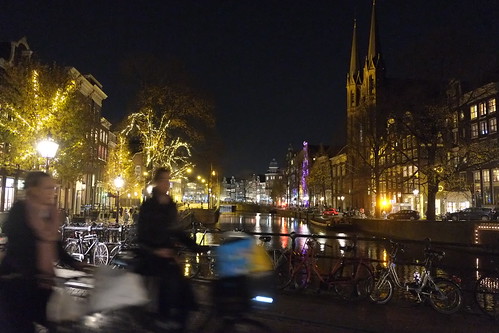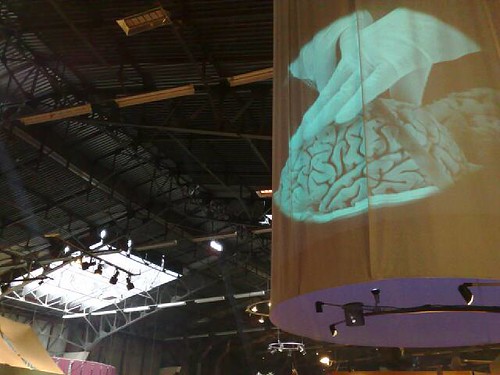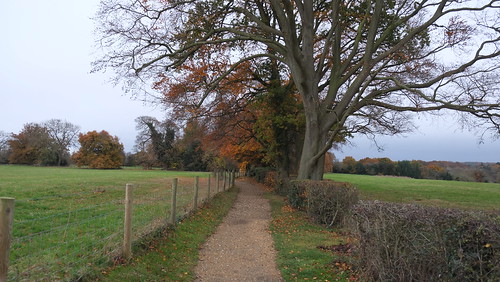Recently I talked with Dutch company Made4Motion founder Sanne Clifford about rest, how we think about busyness, and the role that physical movement plays in stimulating creativity.
The latter is a really interesting subject.
For a long time people interested in creativity paid very little attention to it, as they assumed that the cognitive processes they wanted to understand happened exclusively in the brain, and whatever the body was doing was purely incidental and irrelevant. (This is the “brain in a jar” model, as philosophers of mind sometimes call it.)
However, there’s now an important line of thinking that argues that cognition is “embodied,” that it happens in our brains, but also in our bodies; that doing even simple things like counting with our fingers, or using gestures to communicate or work through new ideas, illustrates how we can delegate certain kinds of “cognitive” tasks (like spelling, in my case) to our bodies; that we source other mental tasks to trusted tools or “prosthetics;” that vision (as Alva Noe argues) is not just a kind of computing, but requires motion in order to work. (I interviewed Andy Clark a few years ago, after reviewing his book Natural-Born Cyborgs, and we talked at length about these ideas.) Even doing things like sitting in a hard chair, or holding something heavy, can affect the way you think about things.
Of course, walking is a great example of embodied cognition (the ancients even had a saying, “solvitur ambulando,” it is solved by walking). There’s also evidence that physical boldness and a willingness to experiment with new sports is connected (somehow) with a willingness to entertain or explore new ideas.
Anyway, check out the interview.


